Dad was working in Stamford, Connecticut when I moved to New York City for a new job in the summer of 2004. Visiting him was easy because the Metro-North Railroad made it a direct hour-long ride. During one of those visits, I spied what was possibly an “FK5” Deep Burnt Orange Metallic Plymouth B-body two-door coupe in a fenced-in lot. The taillights told me it likely was not a Road Runner, so the body-colored B-pillar meant there was a good chance it was a Belvedere. I wondered to myself, “What if it’s a 383 car?” Not only was the idea (and irony) of a Q-ship Belvedere equipped as a Road Runner just my style, but I also was well aware 383 Belvederes were as rare as any car out there (for some reason, my little “White Book” by Galen Govier doesn’t have production figures listed, but only 13 of the similar Dodge Coronet Deluxe coupe with the 383-4 were built for the U.S. market).
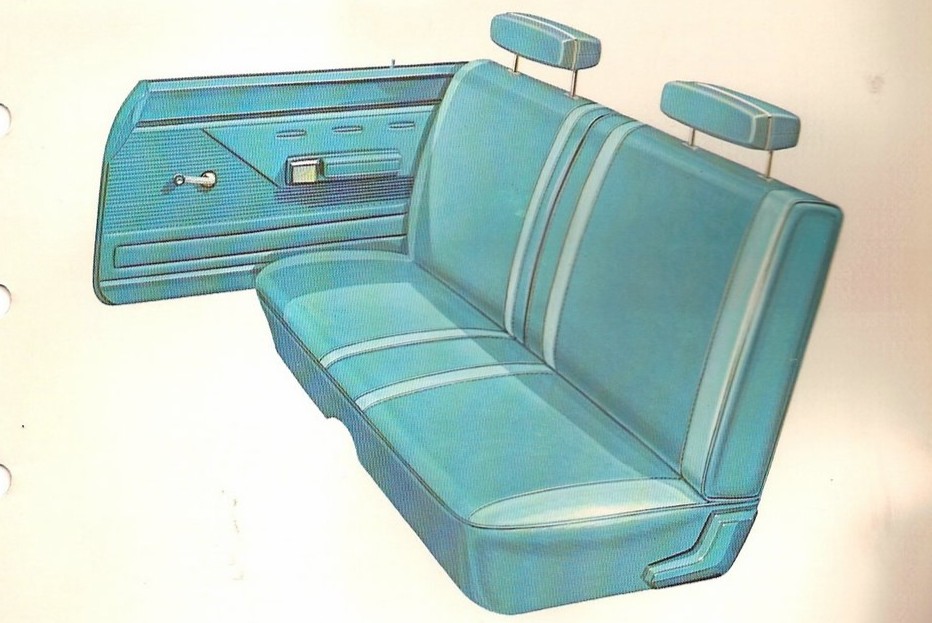
Fast-forward to 2009. I have been living in Connecticut—15 minutes north of Stamford—to be closer to a job that I no longer had, yet commuting back to NYC for my new job. On one January morning, I missed my usual Metro-North express train and was forced to take the next, local one. In between my feeble attempts at finishing office work and getting some shuteye, I noticed the very same Belvedere in the very same spot from five years before. I made a mental note of the Woodlawn stop and closed my eyes.
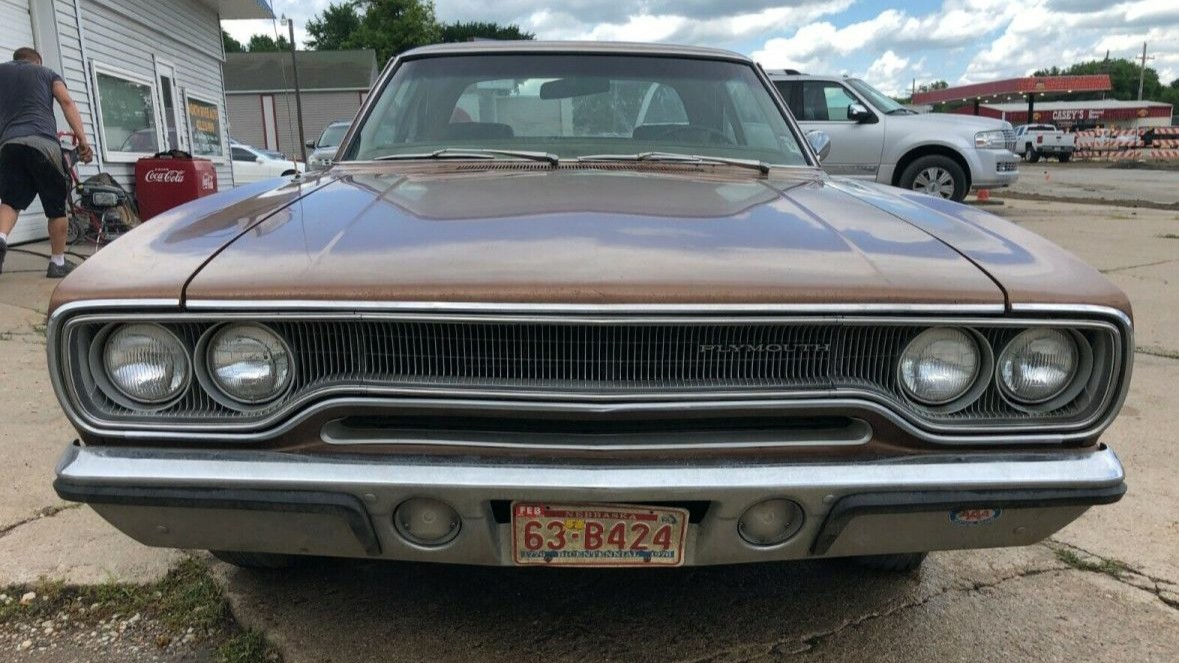
When tax time came around a few months later, I solicited the services of an accountant in the New York City borough of the Bronx. Looking at a map for driving directions told me he was by the Woodlawn stop. After my consultation, I hunted for the train stop to use it as a reference point. I knew the Plymouth was due north from the stop, so I hopped onto the Bronx River Parkway for the first time and drove one or two exits up to Mt. Vernon, which is on the cusp where Westchester County begins. Backtracking along the train’s route immediately led me to an industrial area that wasn’t open to traffic. I turned around and tried to find a street that was more traffic-friendly and closer to the tracks. With a bunch of one-way streets that often led me astray or in circles, I honed my approach till it led me back to the industrial area.
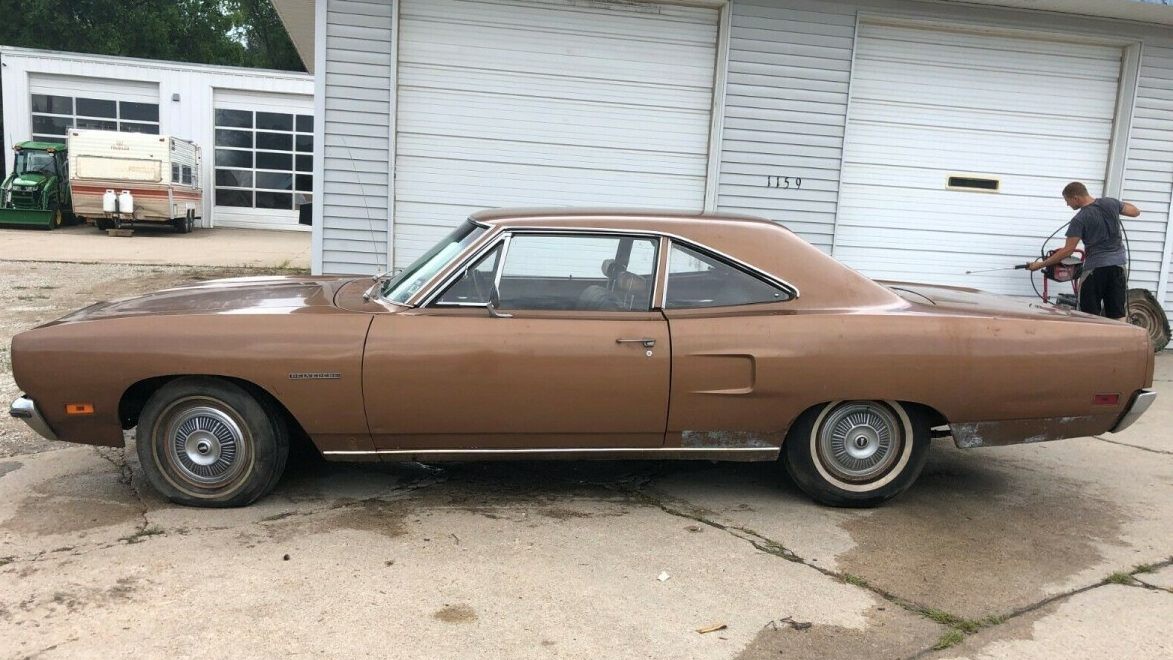
This time, I drove all the way to the back to find a fenced lot with a sign that proclaimed NO TRESPASSING and some other mumbo-jumbo. I had a hunch this is where the Plymouth was sitting, so I inconspicuously parked beside in another lot. Approaching a man in a car in the off-limits lot, I asked if there was a porter I could speak with. He replied in the negative, somewhat confused, so I proceeded to tell him my story (as random as it sounds to anyone who’s not a car guy or gal) and what I was looking for. He mentioned this place was a police lot so I couldn’t look around, but he thought he may know about this bronze Plymouth and who owned it. He suggested I talk with the cops in the nondescript building that I apparently had passed earlier.
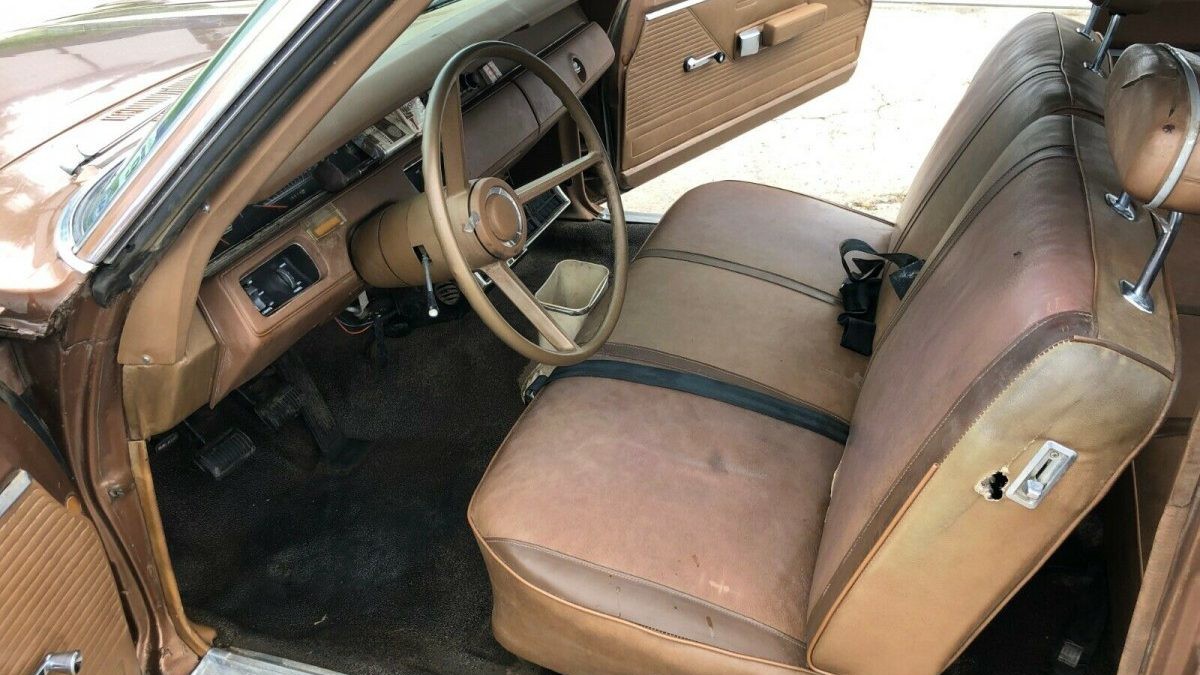
The two policemen at the front desk were soon subjected to this strange story of a car seen from the train and trying to track it down. As luck would have it, one of the officers was a car guy and understood where I was coming from, so he escorted me to the lot. There, among the late-model vehicles was a forlorn Plymouth whose image had been pinned to my brain all these years. Indeed, it was a 1970 Belvedere coupe, one of 4,717 built. Dual exhausts poking under the rear bumper made my 383 dreams look promising as I rushed to the windshield to check for that all-important “N” in the fifth character of the VIN, only to find it was obscured. Undaunted, I opened the door and uncovered the VIN. A G-code—damn! That meant this Mopar was originally equipped with a pedestrian 318. Meanwhile, the cop was chatting me up about his old rides, a 1970 Cyclone Spoiler and Camaros among them. Opening the hood of the Belvedere and analyzing the data plate revealed it had originally been painted “FT6” Burnt Tan Metallic with a black vinyl top. As it sat, this old Plymouth was junk that had suffered from “Street Cruiser Syndrome” at some moment in its past and had been relegated to the indignity that many idle vehicles have suffered over the years.
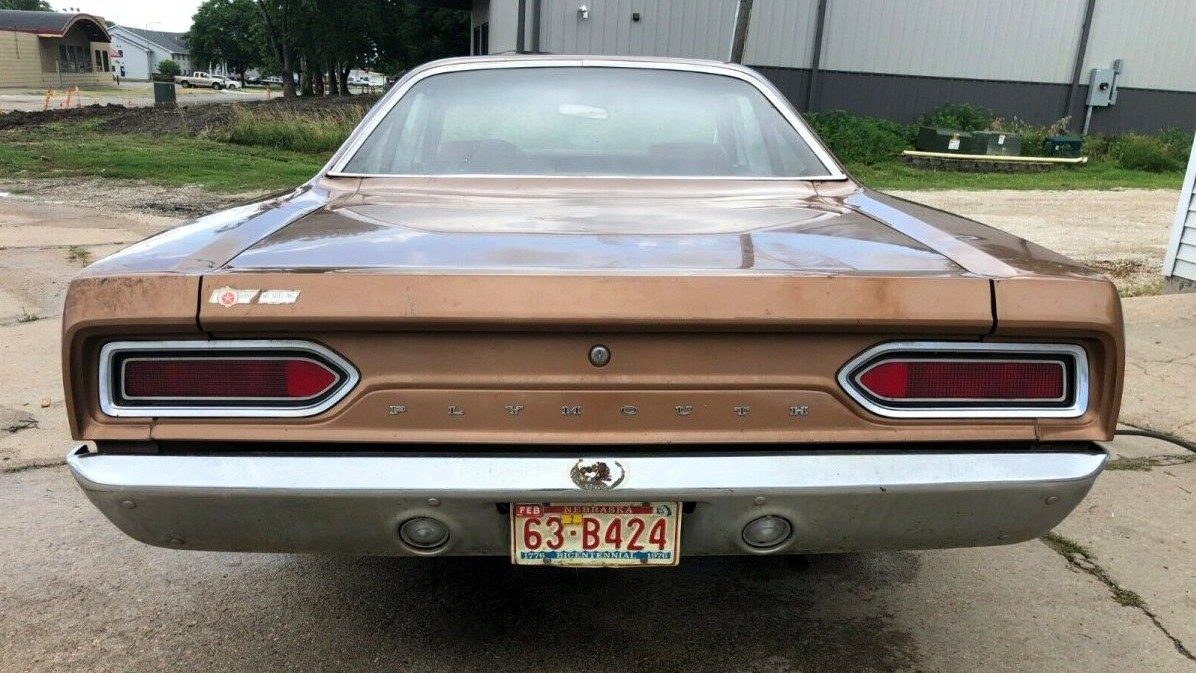
Discovering this Belvedere was not the diamond in the rough that I had hoped may appear like an underwhelming conclusion but, after five years of imagining this car as my entry into the Mopar ranks, it was the thrill of the chase that made it far from a disappointment.
